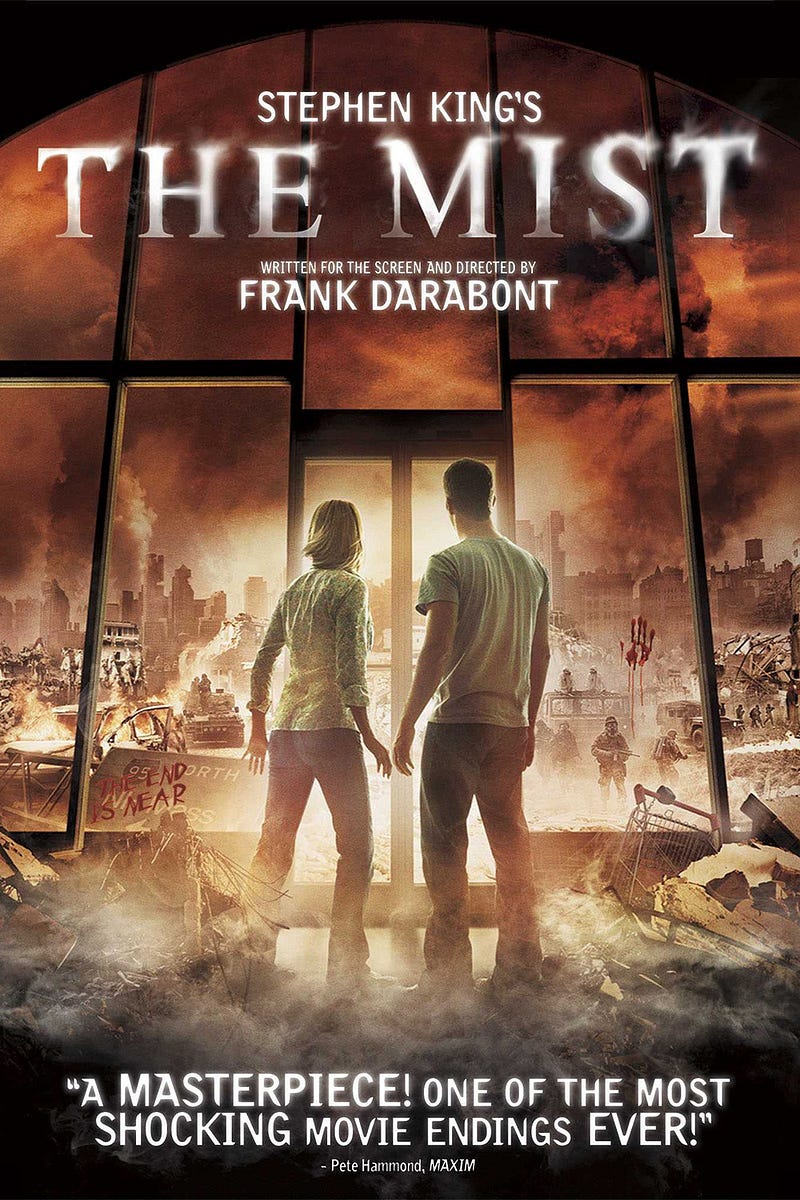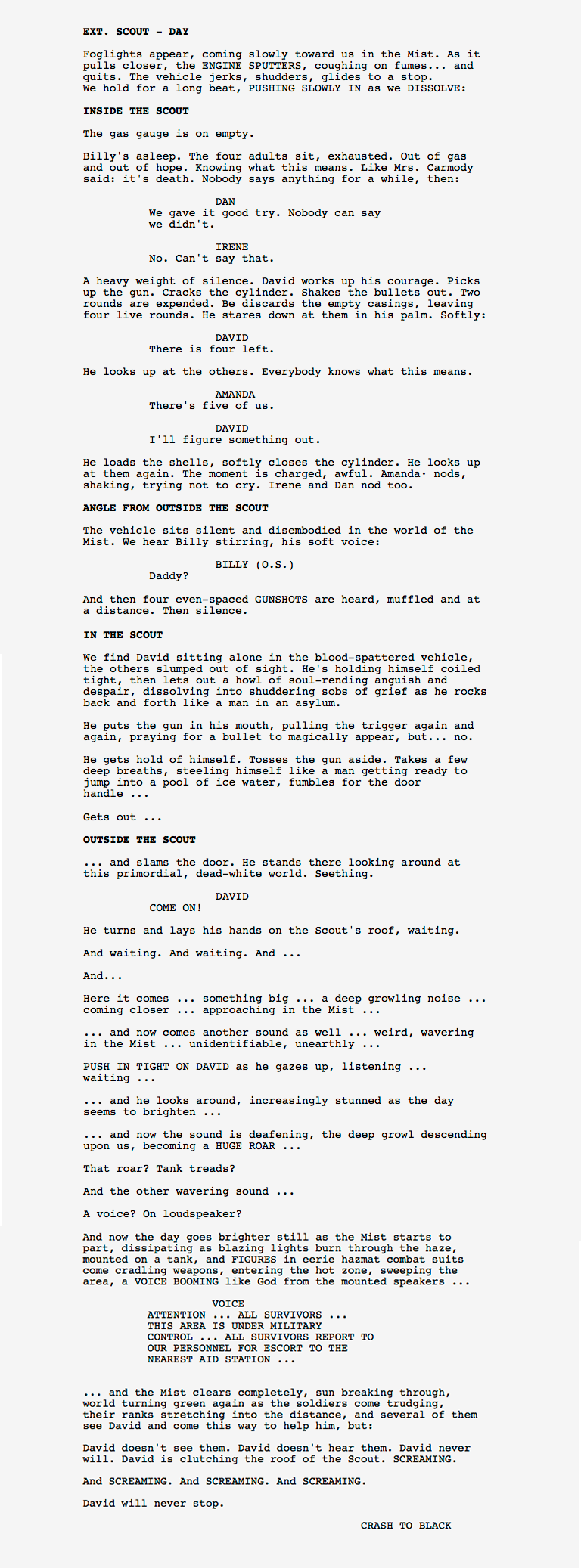Discussing participatory culture and player rights in virtual worlds
By Simon Larsen
Supervisor: T. L. Taylor
Course: Computer Games Culture – F2005
IT-University of Copenhagen
Me, myself and my avatar
The currently biggest virtual worlds [1. Here I am referring to Virtual Worlds, MMORPGs, MUDs, MOOs (The terms are here used interchangeably) and the like, as game spaces that encompasses some form of interaction with other players (people). It is intently used very broad, so here it includes, without excluding, games such as “World of Warcraft”, “City of Heroes”, “Second Life”, “Counter-Strike”, “Quake”, “EVE-Online”, “Anarchy Online”, and so on. Even respected scholars are finding it hard to determine what constitutes as a virtual world and what does not (http://terranova.blogs.com/terra_nova/2004/06/a_virtual_world.html) ] on the market boast millions of active players [2. According to MMOGchart.com ] and have indeed become as a second home for many. More and more of our leisure time are being spent in the world of Azeroth, Paragon City and Norrath [3. “Azeroth” being the fictional world of “World of Warcraft”, “Paragon City” is from “City of Heroes” and “Norrath” is the world of “Everquest” ]. At the same time, more questions arise about player created content and the ownership of that. But what rights do players have in the games? To briefly sum it up; none. The majority of players have properly never even read the End User License Agreement or the Terms of Use for their game. But because games like these have become such a participatory media, or co-creative media to use the words of Sue Morris (2004) it is important to discuss ownership and control of these game media.
What problems lies in the fact that commercial companies effectively owns content created by players of virtual worlds?
Identity extension
The common statement you hear when discussing rights of players in virtual worlds is; “it’s just a game”. Yes and no, but there is much more to it. Scott McCloud writes in his book “Understanding Comics” (1993) about the interaction with inanimate objects;
When driving, for example, we experience much more than our five senses report. The whole car ” not just the parts we can see, feel and hear “is very much on your minds at all times. The vehicle becomes an extension of our body. It absorbs our sense of identity. We become the car.” (p. 38)
This notion of inanimate objects being an extension of our identity can be translate directly to virtual worlds. We and the avatar we control in the game are one and the same. That is why people spend so much time in the games and feels very much attached to their avatar and the actions done by and to them. The avatar is another version of them.
In online multiplayer games without persistence, the skill of my avatar and the skill of me, as a player, are directly linked together. If the game company Valve took the (however unlikely) decision to shut down all Counter-Strike servers worldwide, I could just take my FPS [4. FPS: First Person Shooters. An action-oriented genre of games, currently dominated by games such as Counter-Strike, Half-Life 2, DOOM III and Far Cry. ] skills and start playing Quake III or Unreal Tournament. With persistent game worlds that is much more difficult. The skills I have as a player only count for a part of the abilities of my avatar, the rest is gained from leveling in the game. If I was to change to another game, I had to start all over from scratch.
Ceci n’est pas une pipe
The counter-argument to this statement is – again “it’s just a game”. No actions in the game have real-life consequences. Still people spend months, even years, in some of these games, building social networks and honing their reputations by their actions (Taylor, 2002).
Who Watches the Watchmen?
If we take a closer look at World of Warcraft, we clearly see that the balance of power and control is uneven to say the least. Blizzard Entertainment? who runs World of Warcraft? explicitly states in their Terms of Use that:
“All title, ownership rights and intellectual property rights in and to World of Warcraft (including but not limited to any user Accounts, titles, computer code, themes, objects, characters, character names, stories, dialogue, catch phrases, locations, concepts, [..], transcripts of the chat rooms, member profile information, [..]) are owned by Blizzard Entertainment or its licensors.” (Section §13. Ownership).
In short, everything related to the “universe” of Warcraft is owned by Blizzard. Any story that you as a player creates either in or outside of the game, through role-playing or otherwise is owned by Blizzard. It is, presumably, your labor of love, but you have to rights to it.
Furthermore, they state that: “You may not do anything that Blizzard Entertainment considers contrary to the ‘essence’ of World of Warcraft” (Section §3. World of Warcraft Code of Conduct, C.v). Even the quotation marks around “essence” are there, but the term is never defined clearer than that.
The power of many
But where is the fair use of the game? If I want to role-play a certain character in the game and create a back story around it that, goes against the ‘essence’ of World of Warcraft, what then? Will they ban my account from breaking the Terms of Use?
The value these players give to the overall game experience is higher than that of the game itself. Reed’s law [5. Reed’s Law states that a value of a social network is directly connected with the number of participants. 2N − N − 1, where n is the number of participants in the network, e.g. a network of 5 participants would have the value of 26, while a network of 10 would have a value of 1013. The value of the network scale exponentially with more participants (Wikipedia). ] certainly applies to these games, where the number of participants in the network is directly connected with the value of the network. These games are nothing without the players [6. As of writing this players of World of Warcraft are leaving the game by the numbers and canceling their accounts because of their dislike of a new PvP system that has been implemented].
Question left unanswered
“MUD players are people. They don’t stop being people when they log on. Therefore, they deserve to be treated like people. This means they have the rights of people.” (Koster, 2000)
Many questions still linger unanswered. This is a topic of continuously heated debate, and each side of the table has still to come up with the argument that would end the discussion.
If the balance of power over intellectual property and the player rights shifted more in the direction of the players (customers), would this unleash a barrage of legal issues that would eventually end the MMORPGs, as we know them today? Is it then best to leave the balance in its status quo?
Would this damage the game playing experience? Would it destroy the play, as in? I play a game to escape real life, why bring real life in here? Is this the Pandora’s Box of virtual Worlds?
Could the game companies gain more from loosening the grip on the rights, instead of controlling them rigorously? As Henry Jenkins writes (2002), some game companies already do and seem to be gaining from it.
References
All links checked as of April 2005. Not all are referenced directly in the text.
- Blizzard Entertainment: “World of Warcraft Terms of Use“.
- Castronova, Edward, et al (2003): “The State of Play: Warriors Revolt“. Post and following the discussion on Terra Nova.
- Combs, Nathan, et al (2004): “A virtual world by any other name?“. Post and following the discussion on Terra Nova.
- Jenkins, Henry (2002): “Interactive Audiences? The ?Collective Intelligence? of media fans“.
- Koster, Raph (2000): “Declaring the Rights of Players“.
- McCloud, Scott (1993): “Understanding Comics – The invisible art”. ISBN: 0-06-097625-X.
- Morris, Sue (2004): “Co-Creative Media: Online Multiplayer Computer Game Culture“. SCAN – Journal of media arts culture, Volume 1 Number 1 January 2004.
- Taylor, T. L. (2002): “Whose Game Is This Anyway??: Negotiating Corporate Ownership in a Virtual World”. CGDC Conference Proceedings, p. 227-242.
- Wikipedia.org: “Metcalf?s law“.
- Wikipedia.org: “Reed?s law“.
- Wikipedia.org: “Player versus player“.
- Woodcock, Bruce Sterling (2005): “An Analysis of MMOG Subscription Growth – Version 15.0“.










 Carlito’s Way works perfectly on so many levels. If you want to study the medium of film and see why it is so different from other mediums, this is a perfect example to do so. Every scene is crafted with such care and precision. Nothing is left to chance, and it all works in unison, the action and acting on the screen, the dialogue, the cinematography, the music, the sound, and the editing. When so much care is put into each element, they are all capable of standing on their own but combined, it creates an experience like no other medium can provide.
Carlito’s Way works perfectly on so many levels. If you want to study the medium of film and see why it is so different from other mediums, this is a perfect example to do so. Every scene is crafted with such care and precision. Nothing is left to chance, and it all works in unison, the action and acting on the screen, the dialogue, the cinematography, the music, the sound, and the editing. When so much care is put into each element, they are all capable of standing on their own but combined, it creates an experience like no other medium can provide.